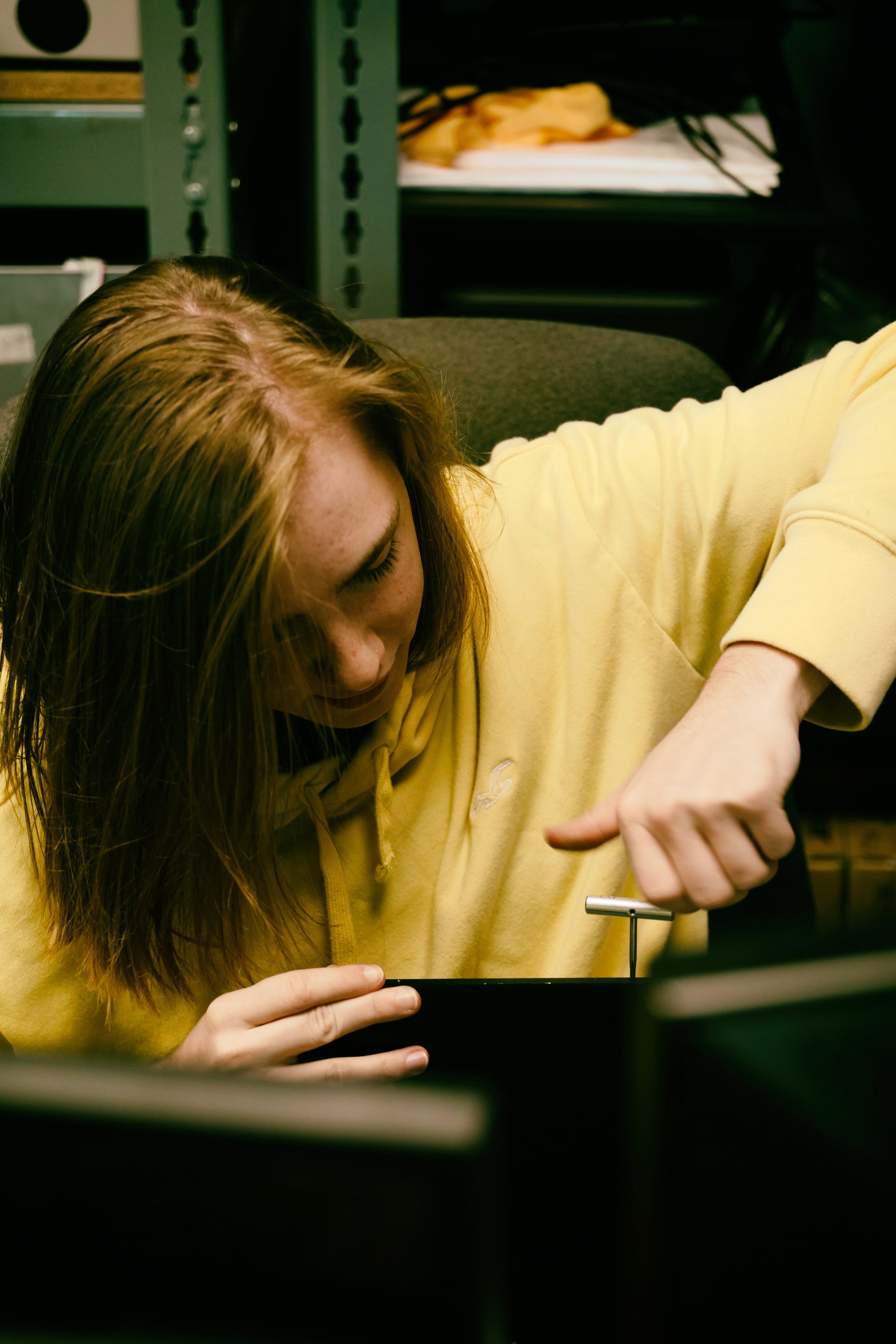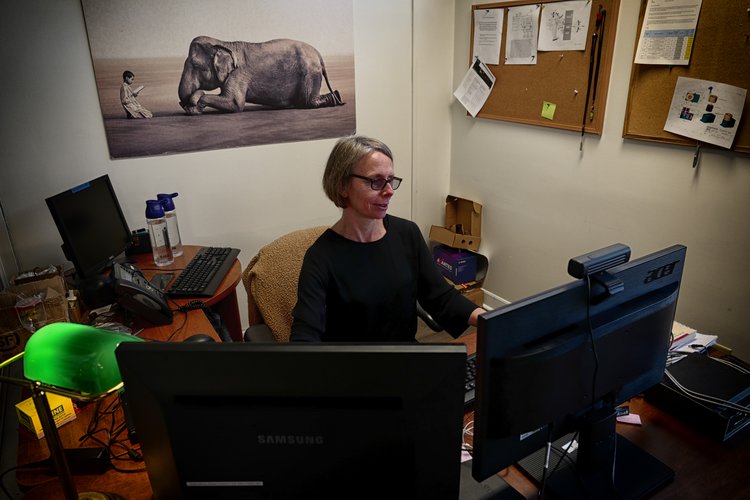All about Uv/vis
Table of ContentsThe Greatest Guide To Uv/vis/nirSome Known Incorrect Statements About Circular Dichroism Not known Facts About Circularly Polarized LuminescenceSpectrophotometers Things To Know Before You BuyThe 9-Second Trick For Uv/vis/nir

Spectrophotometry is a tool that hinges on the quantitative analysis of molecules depending on how much light is absorbed by colored substances.
The 8-Second Trick For Circularly Polarized Luminescence
A spectrophotometer is typically utilized for the measurement of transmittance or reflectance of options, transparent or opaque solids, such as sleek glass, or gases. Although many biochemicals are colored, as in, they soak up noticeable light and therefore can be measured by colorimetric procedures, even colorless biochemicals can frequently be converted to colored compounds suitable for chromogenic color-forming reactions to yield substances ideal for colorimetric analysis.: 65 Nevertheless, they can also be developed to measure the diffusivity on any of the noted light ranges that typically cover around 2002500 nm utilizing various controls and calibrations.
An example of an experiment in which spectrophotometry is used is the determination of the stability constant of a service. A particular chemical response within a solution might happen in a forward and reverse direction, where reactants form products and products break down into reactants. At some time, this chain reaction will reach a point of balance called a stability point.
Fascination About Circular Dichroism
The amount of light that passes through the solution is indicative of the concentration of certain chemicals that do not enable light to go through. The absorption of light is because of the interaction of light with the electronic and vibrational modes of particles. Each kind of particle has a private set of energy levels connected with the makeup of its chemical bonds and nuclei and hence will take in light of particular wavelengths, or energies, resulting in unique spectral residential or commercial properties.
They are commonly used in many markets including semiconductors, laser and optical production, printing and forensic examination, as well as in laboratories for the research study of chemical compounds. Spectrophotometry is often used in measurements of enzyme activities, decisions of protein concentrations, decisions of enzymatic kinetic constants, and measurements of ligand binding reactions.: 65 Eventually, a spectrophotometer is able to figure out, depending on the control or calibration, what substances are present in a target and precisely how much through calculations of observed wavelengths.
Invented by Arnold O. Beckman in 1940 [], the spectrophotometer was developed with the aid of his coworkers at his company National Technical Laboratories established in 1935 which would become Beckman Instrument Business and eventually Beckman Coulter. This would come as a service to the formerly developed spectrophotometers which were unable to take in the ultraviolet properly.
Some Known Questions About Uv/vis.
It would be discovered that this did not provide satisfying results, for that reason in Design B, there was a shift from a glass to a quartz prism which allowed for better absorbance results - UV/Vis (https://www.giantbomb.com/profile/olisclarity1/). From there, Design C was born with a modification to the wavelength resolution which ended up having three systems of it produced
It irradiates the sample with polychromatic light which the sample soaks up depending on its properties. Then it is sent back by grating the photodiode variety which identifies the wavelength area of the spectrum. Considering that then, the production and application of spectrophotometry gadgets has actually increased immensely and has become one of the most innovative instruments of our time.

The Only Guide to Uv/vis/nir
The grating can either be movable or fixed.
In such systems, the grating is repaired and the strength of each wavelength of light is determined by a different detector in the range. When making transmission measurements, the spectrophotometer quantitatively compares the fraction of light that passes through a referral option and a test solution, then digitally compares the intensities of the two signals and calculates the percentage of transmission of the sample compared to the referral Homepage requirement.
